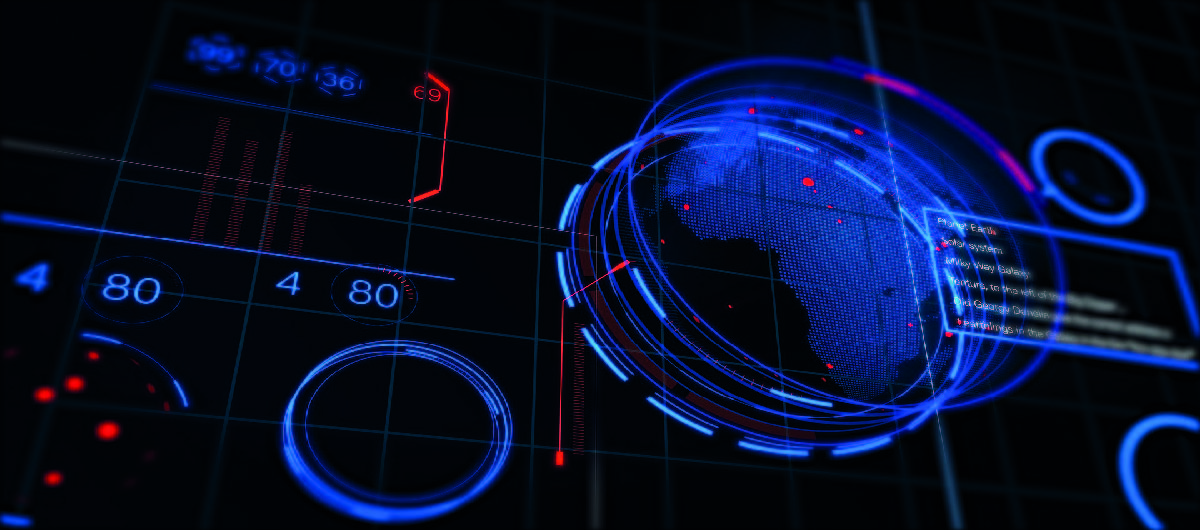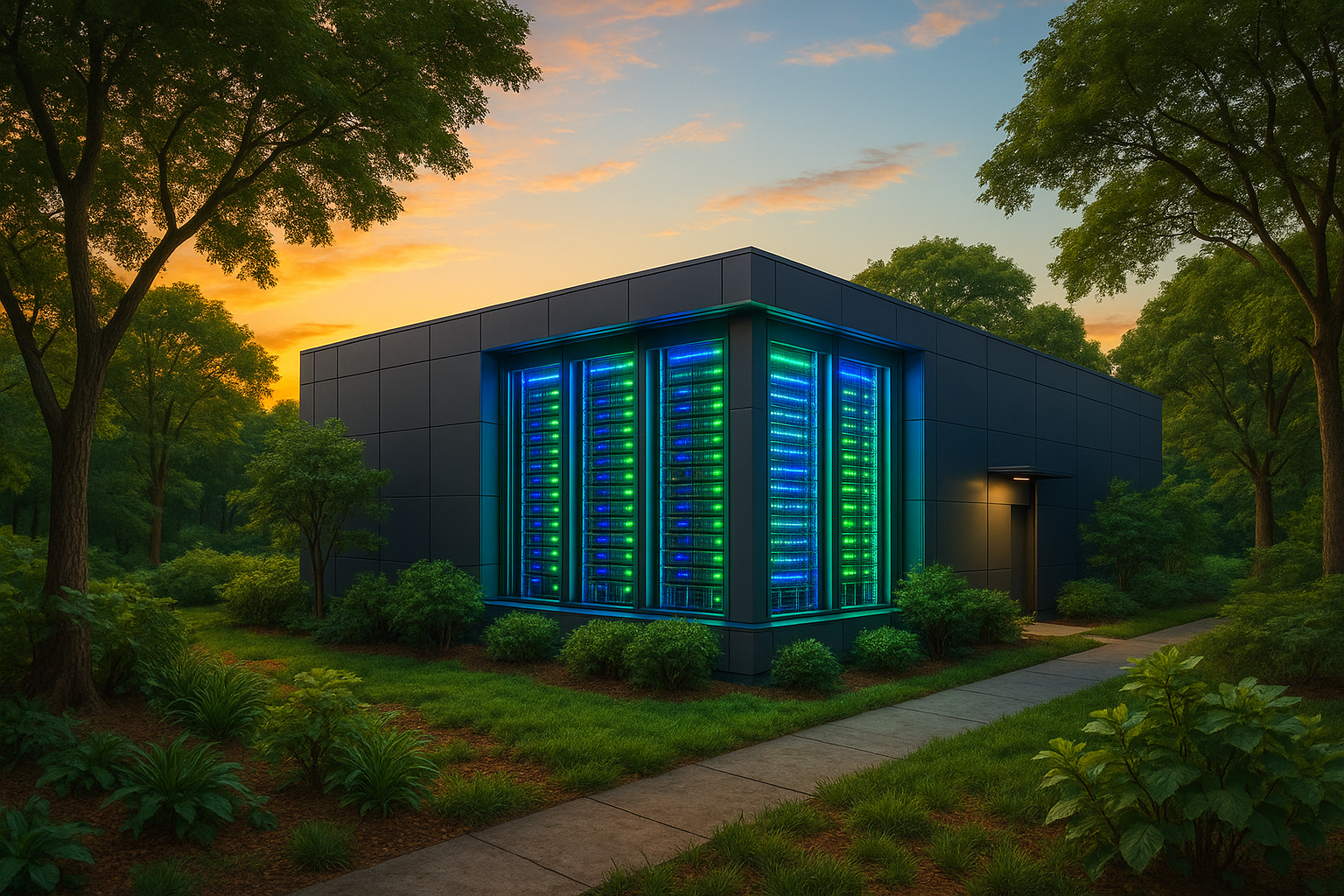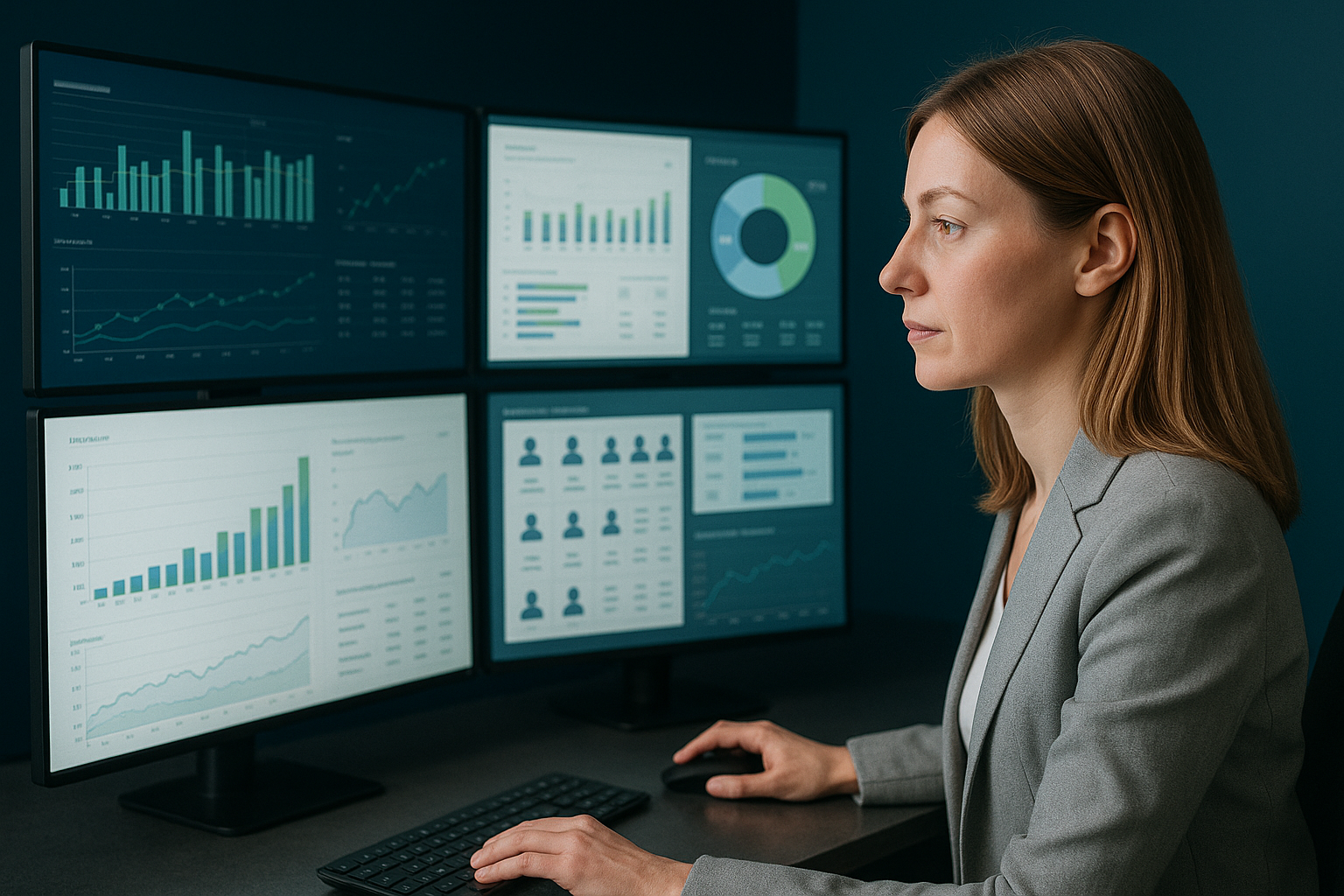In the middle of last year, the technology consulting firm Gartner stated in several reports that 47% of companies are planning to increase their investments in the Internet of Things (IoT). These are data and evidences that do not fail to demonstrate the importance of new technologies today. digital twins
One of the most curious and significant developments is the emergence of digital twins, about which Gartner stated that half of the industrial companies would use them. This would bring them a 10% increase in profits. In this ZTalent SAP Hub blog post we will shed light on this concept. What exactly are digital twins?
Digital twins: what are they and how do they work
A digital twin is a virtual representation that functions as a real-time digital counterpart of a physical object or process. That is to say, it is the recreation in virtual space, the transportation to digital language of something real and tangible. This ranges from the movement of an airplane turbine to atmospheric weather, for example. It is not so much a 3D model, therefore, but a model made up of data and information.
Digital twins are, in a sense, “living” entities. They have the ability to learn, update, evolve and even communicate with their physical and real counterpart by exchanging information.
There are three different types of digital twins: the digital twin prototype (DTP) is made before manufacturing the physical product in order to design, analyze and process it beforehand. The digital twin instance (DTI) consists of the virtual recreation of all scenarios and development phases of the physical product to run tests. Finally, the digital twin aggregate (DTA) collects all the DTI information to determine the product capabilities and make forecasts.
For the correct operation of digital twins, it is necessary to be able to collect the information generated by the components of the physical element, says BBVA. This requires sensors that collect data on the physical object or process in real time and that are connected to a system in the cloud. This system processes the information and compares it with other parameters.
From there, it is possible to replicate the object or process virtually and test any changes to it. Once its success has been tested and verified in the digital twin, the modification will be carried out on the physical plane.
When do digital twins appear?
To find the birth of the original concept of digital twins, we must go back to the 1960s. During those years, NASA developed an “information technology”, according to the Redshift website, to try to simulate systems used in space. This was achieved through complex physical reproductions on the ground.
The Apollo 13 mission – ultimately ill-fated – relied on this technology to recreate and evaluate the conditions of the spacecraft, which was about 300,000 kilometers away from our planet. The simulators proved crucial in guiding the crew’s return.
A few years later, in the 2000s, Michael Grieves, a senior researcher in the advanced manufacturing department at the Florida Institute of Technology, came up with an idea that was ahead of its time. Grieves proposed a lifecycle management center that would have both a physical and a virtual representation of the item in question. He also discussed the possibility of creating digital representations of physical systems that would have an entity of their own.
At the time Grieves presented his ideas, the computer hardware of the time was not capable of implementing them. However, the rapid development of technology over the past few years, especially artificial intelligences and the Internet of Things (IoT) have made digital twins not only a reality, but one of the best.
Advantages and benefits of digital twins
The ability to recreate and analyze a physical object or process in the virtual section offers a great number of opportunities and advantages to companies that use them. If we highlight some of them, we could mention the following:
- Check whether a product meets the specifications devised in its design before making a real prototype or starting production.
- Identify whether a product is stable and intuitive without having to incur in costly laboratory tests.
- Monitor possible failures and detect inefficiencies or areas for improvement in manufacturing processes.
- Improve preventive maintenance of the machinery used, test different production models without implementing them in their entirety and optimize energy consumption.
- Centralize the company’s big data, reducing administration costs and providing managers with better variables to manage the business.






